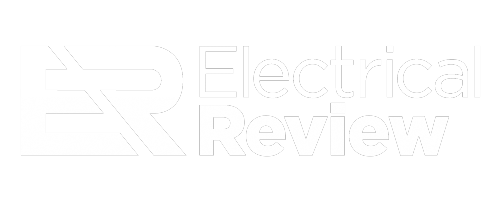With BP and Shell cooling on renewables, Mike Torbitt of Cressall argues the real battleground is grid infrastructure – HVDC links and resistor technology that make cheap wind and solar dependable.
In February 2025, oil and gas giant BP announced it would cut its investment in renewable energy, instead refocusing on oil and gas production. The decision reflects a wider pattern of global corporations and energy providers easing or rethinking their sustainability strategies.
What’s driving this shift?
In 2020, BP pledged to achieve net zero emissions by 2050, with its then CEO warning that “the world’s carbon budget is finite.” Just five years later, the company reversed course, announcing plans to boost investment in oil and gas production by 20%.
This new plan will see the oil giant produce 2.4 million barrels of oil per day by 2030. With only 36 fossil fuel companies accounting for more than half of global emissions, this reversal could significantly impact climate action.
And BP is not the only energy provider to retreat from its sustainability commitments. Following lowering its net carbon reduction intensity targets, in July 2025, Shell joined Canada Enbridge and BP in withdrawing from the Science Based Targets initiative (SBTi), which has committed to barring companies from pursuing new oil and gas fields after 2027.
So, why are energy providers turning their backs on these objectives?
Cash or climate?
The short answer is, at present, renewable energy projects such as wind and solar simply generate far lower returns for oil and gas companies compared with traditional fossil fuels.
According to 2023 figures from NPR, US oil and gas producers could anticipate a 20-50% return on investment for conventional projects, whereas wind and solar initiatives are estimated to yield just 5-10%.
As a result, investors have been less interested in the stocks of oil companies that are diverting their budgets towards renewable projects. Over the five years from the end of 2019 to the end of 2024, New York Times data shows BP’s stock price dropped by 19% and Shell’s grew by a modest 15%. In comparison, Exxon Mobil – which largely avoided investing in renewables – saw its stock climb more than 70%.
There are a few major barriers to profitability. The first is that oil companies often lack the specialised expertise needed to make wind and solar projects truly successful.
For example, Exxon Mobil focused its investments on hydrogen and lithium extraction, areas where the needed skillset for extraction is very similar to oil. While the mining of these elements comes with its own environmental impacts, both hydrogen and lithium are essential for producing battery-powered vehicles.
Another factor limiting profitability is the high upfront cost of renewable projects coupled with the relatively low prices of wind and solar power. As a result, it can take years, or even decades, for investors to see a meaningful return on investment.
Finally, renewable energy generation can be incredibly unpredictable. Although wind and solar energy is cheaper to produce, production depends on weather conditions. This variability makes it challenging to rely on renewable energy without supporting grid infrastructure to store, distribute or balance the supply.
Strengthening infrastructure
To make renewable energy truly viable and reliable, it must be effectively managed and transmitted. One way to achieve this is through interconnectors, specifically, high-voltage direct current (HVDC) cables.
HVDC cables can carry electricity over hundreds or even thousands of kilometres, with minimal energy losses – compared to alternating current (AC) systems. For this reason, they can be used to link international grids, allowing surplus renewable power to be exported to markets with higher demand and ensuring a more stable supply.
Resistors are essential for ensuring the safe and reliable operation of HVDC networks. One of the main challenges in HVDC transmission is the risk of overvoltage, which can occur due to sudden changes in generation, line faults or switching operations. Without proper control, these voltage surges can damage critical components, such as converter valves, smoothing reactors and transformers.
DC neutral earthing resistors are specifically used to manage line-to-ground faults and stabilise the system during transient conditions. By providing a controlled path to ground, these resistors limit the magnitude of fault currents, reducing stress on equipment and preventing catastrophic failures. They also help damp transient overvoltages caused lighting strikes, switching operations or sudden load changes, ensuring voltage does not exceed safe limits.
In modern HVDC systems, especially those using voltage source converters (VSCs), the need for resistors is even more pronounced. VSCs allow independent control of active and reactive power but are sensitive to overvoltage and oscillatory behaviour. Resistors in these networks act to stabilise voltage and current oscillations, improving system damping and maintaining operational stability.
By carefully selecting and integrating resistors, engineers can reinforce infrastructure, accelerate progress toward net zero emissions and sustain momentum on global climate goals.
Ultimately, privately owned oil and gas companies are more likely to be driven by shareholder interests than by environmental concerns. Yet, by ensuring that the correct infrastructure is in place, it is possible to optimise the use of renewable resources, balancing sustainability goals with profitability.


